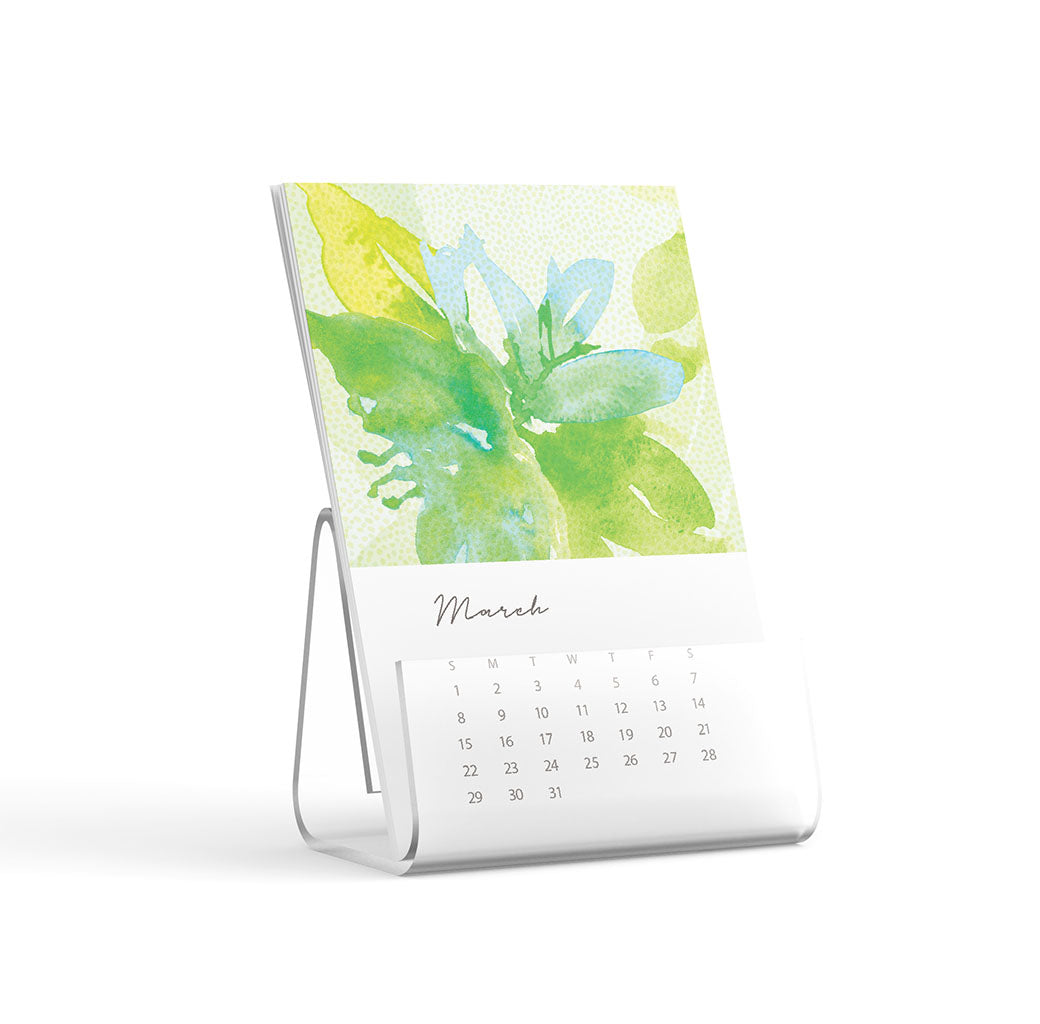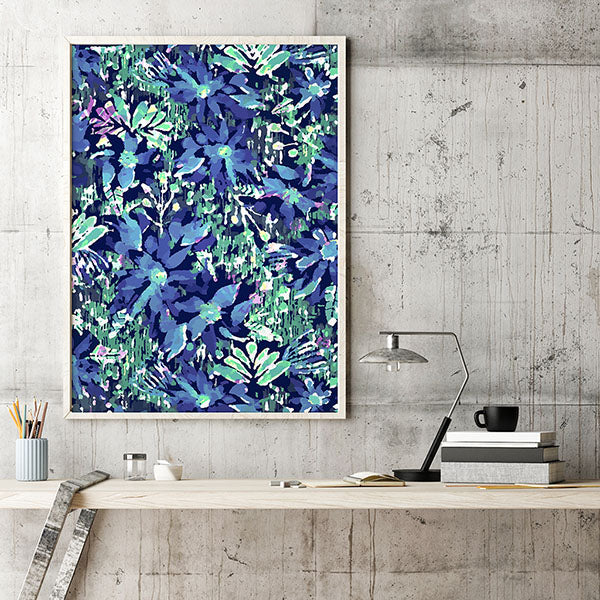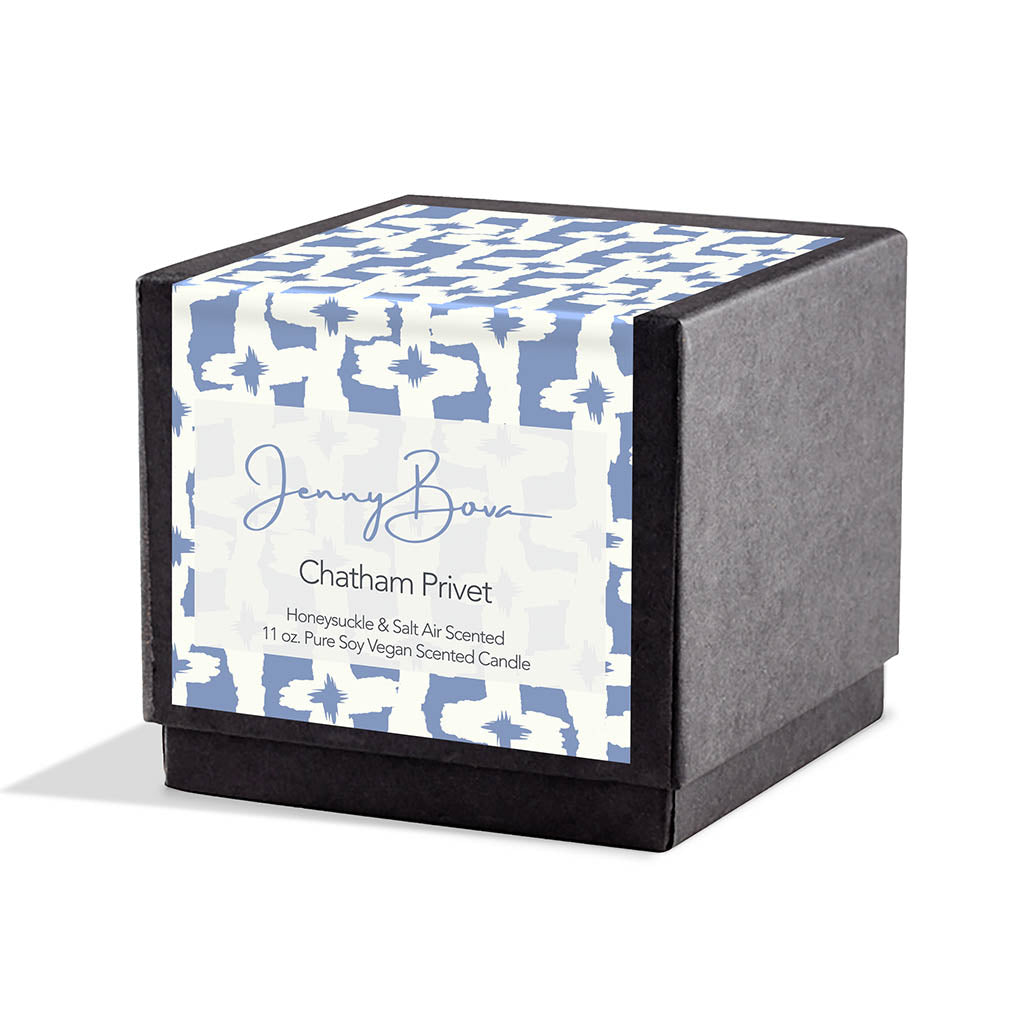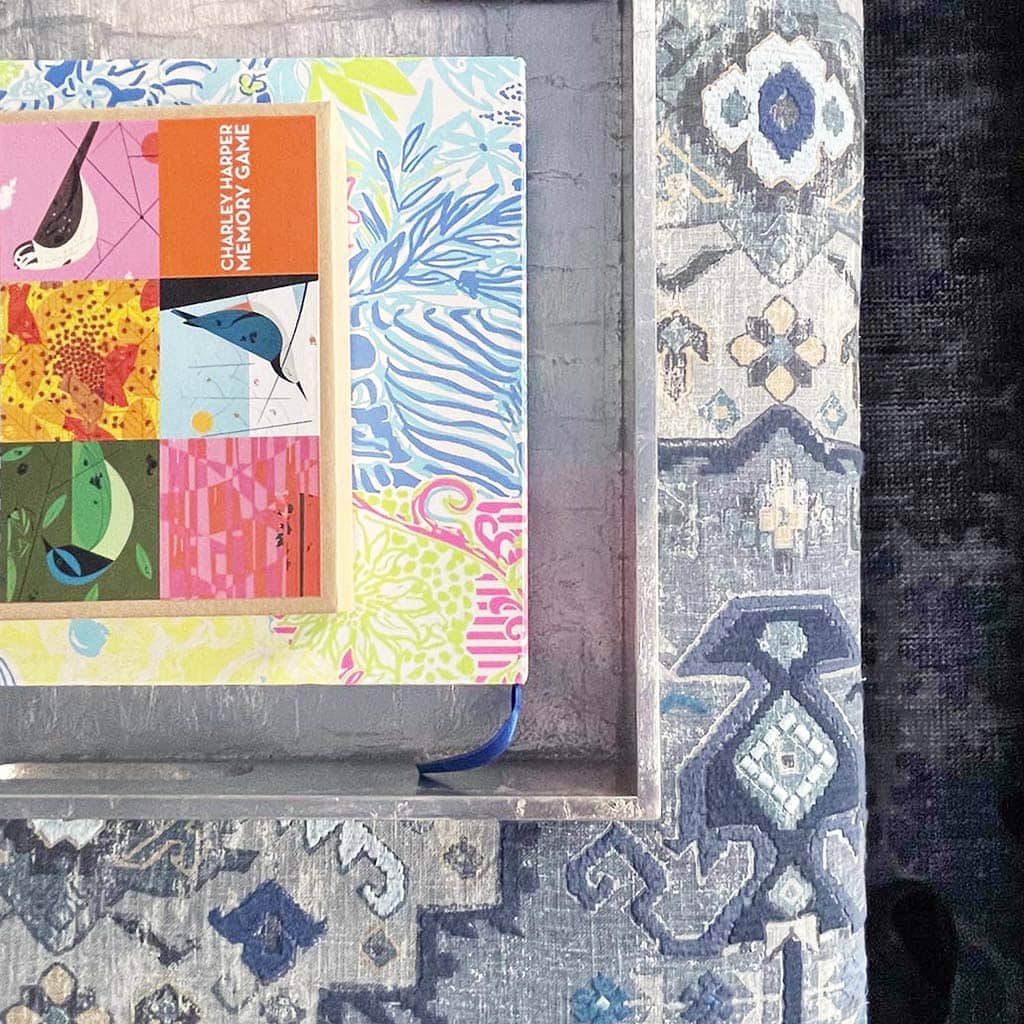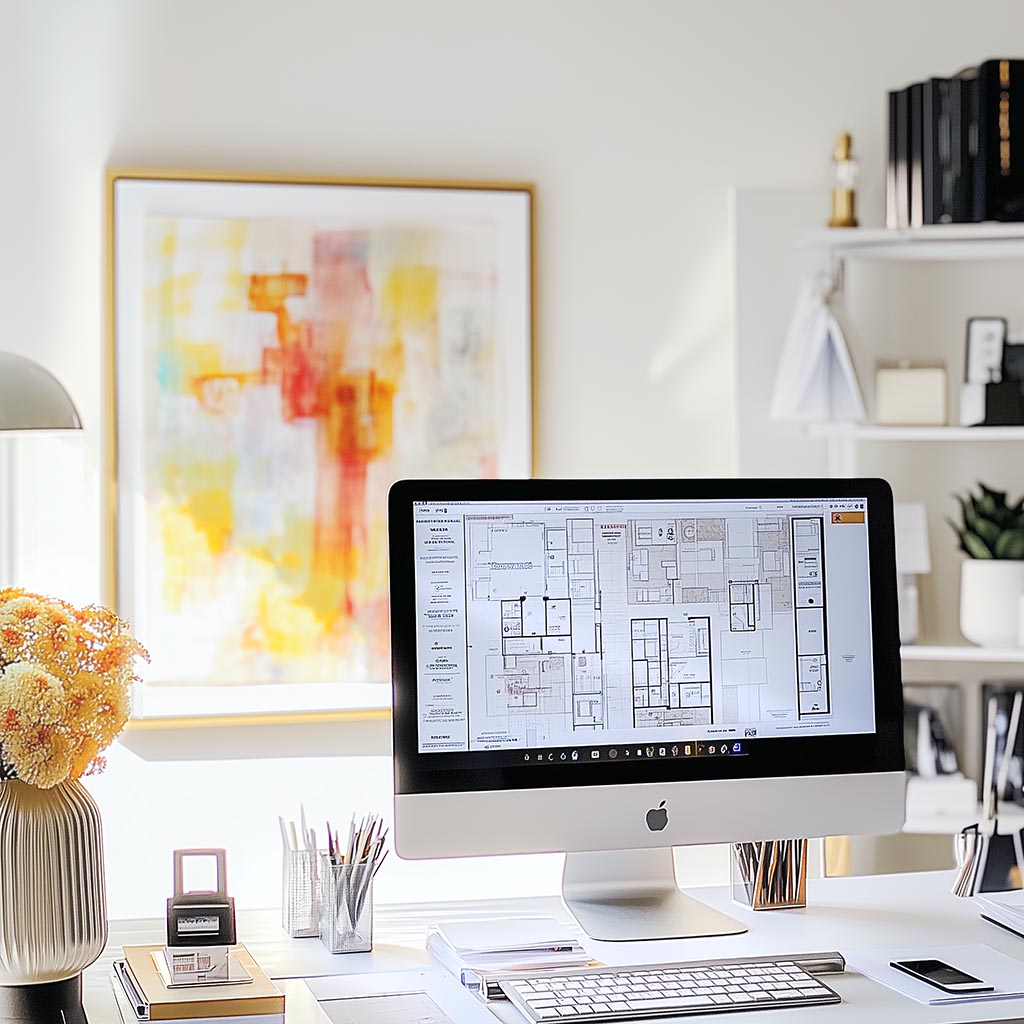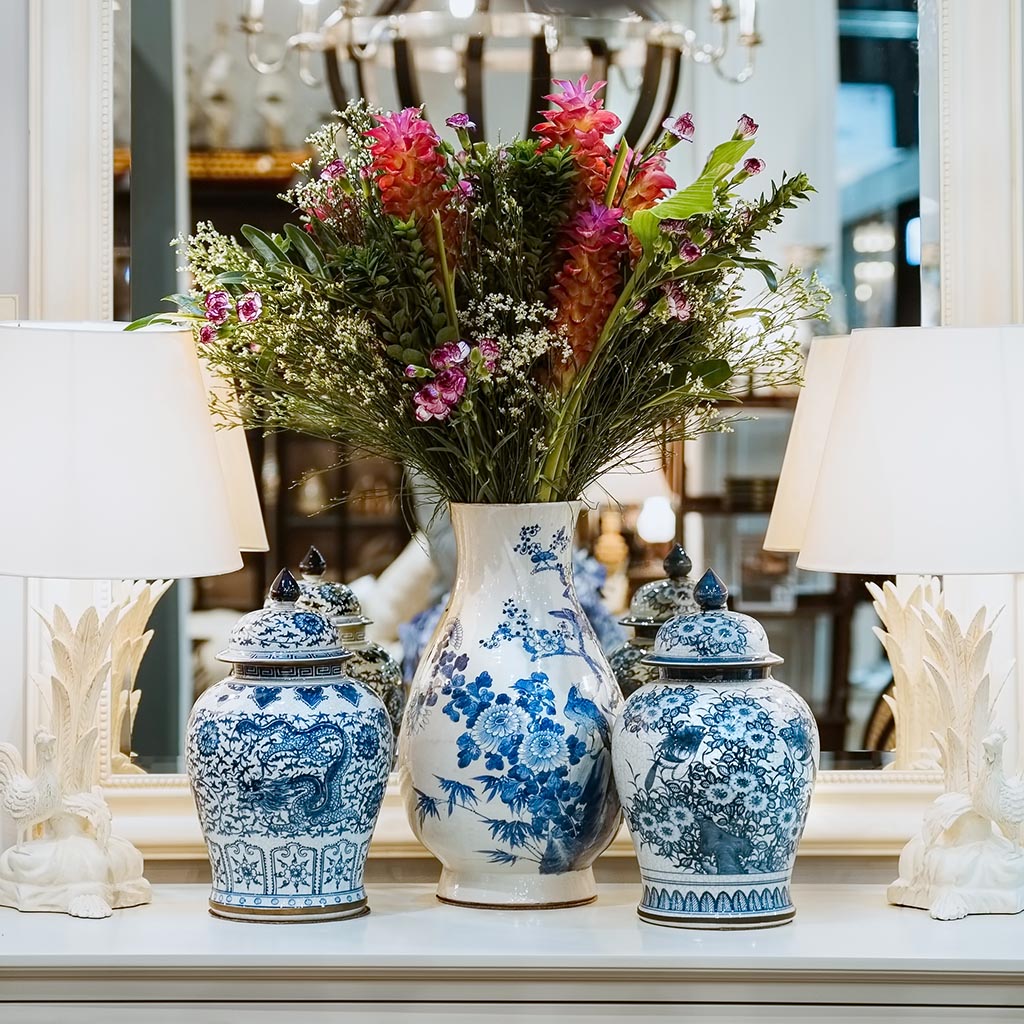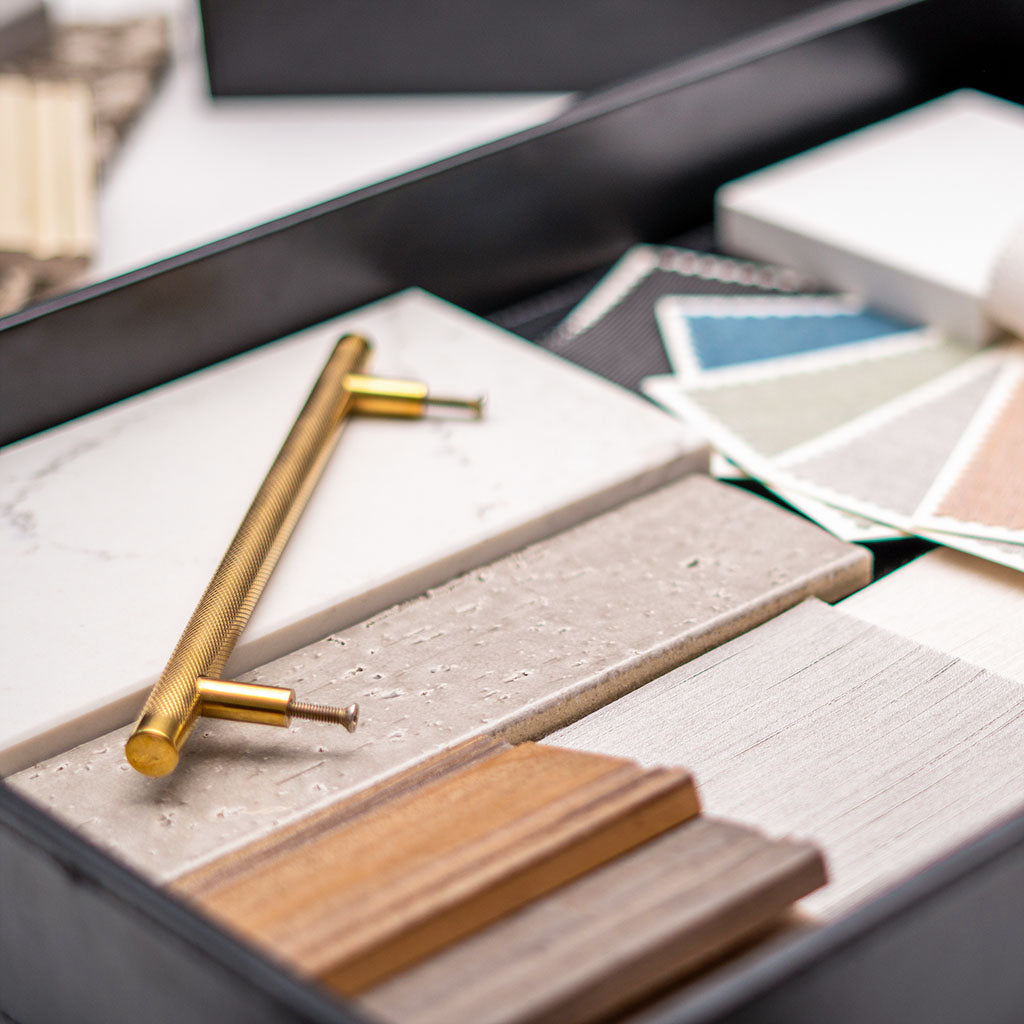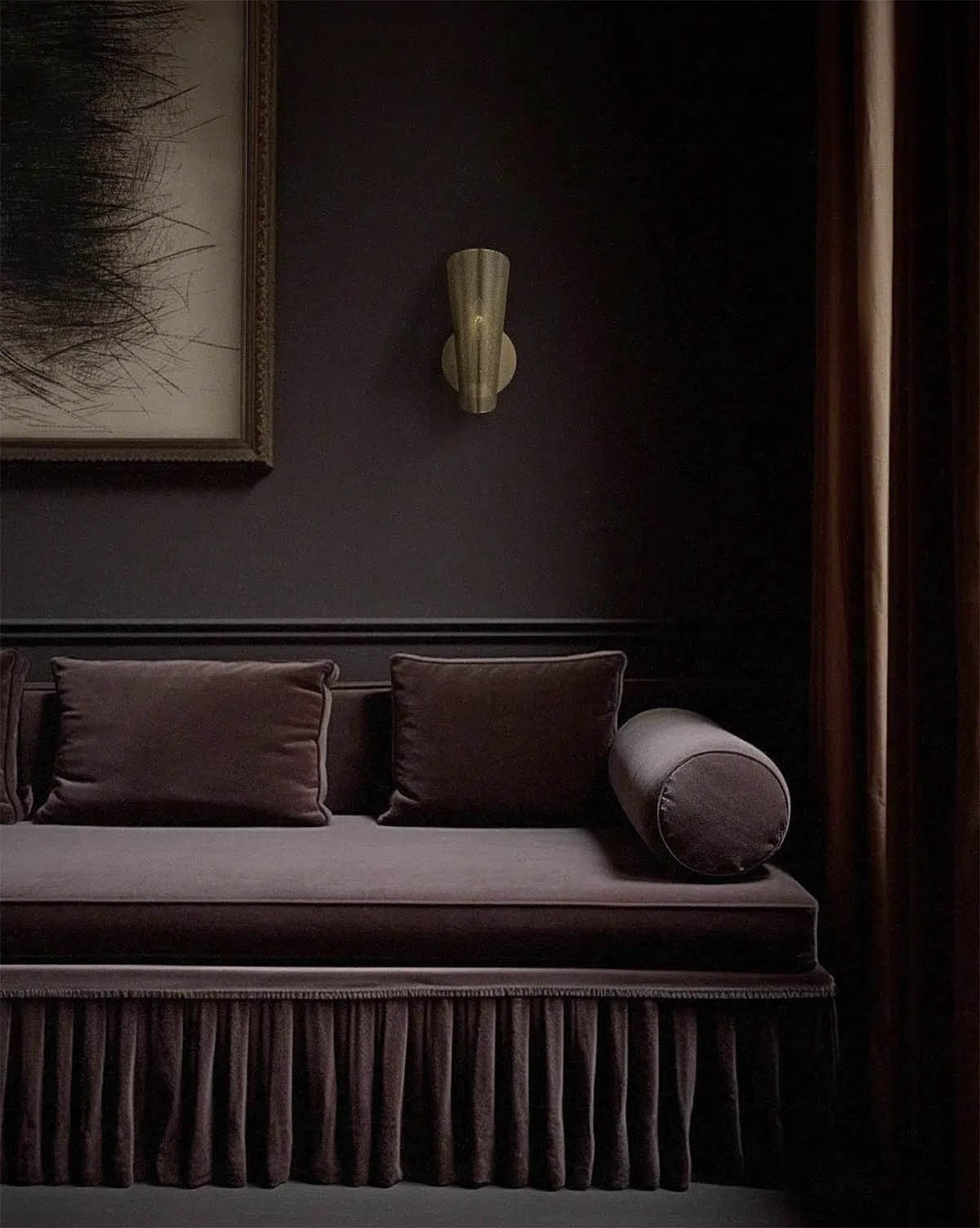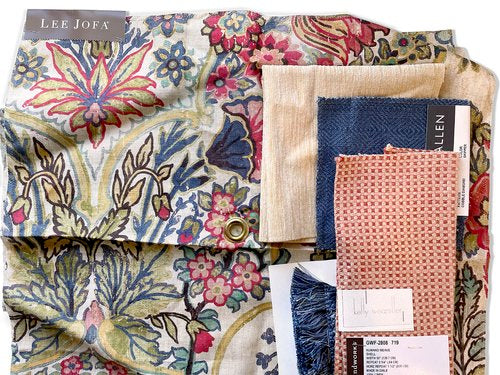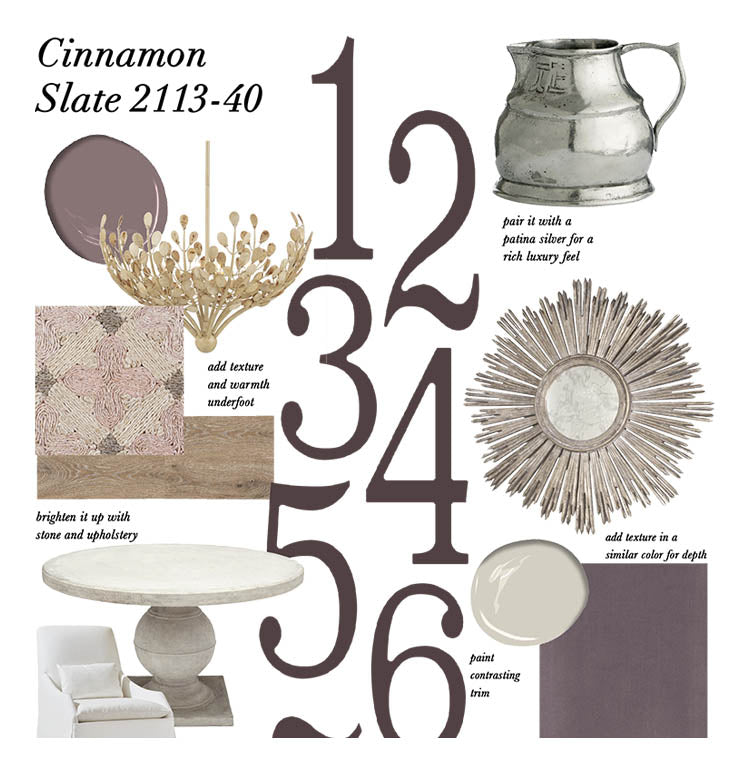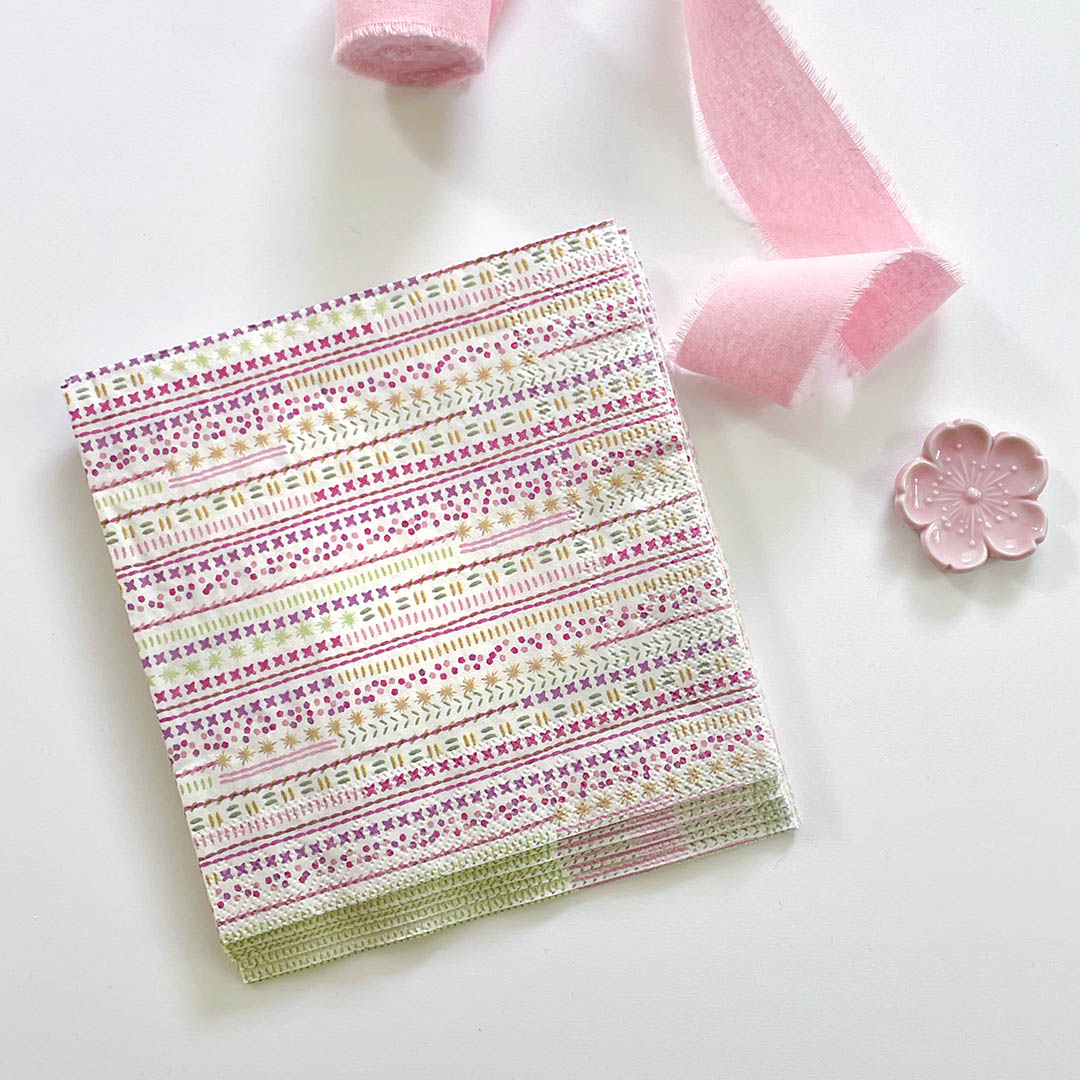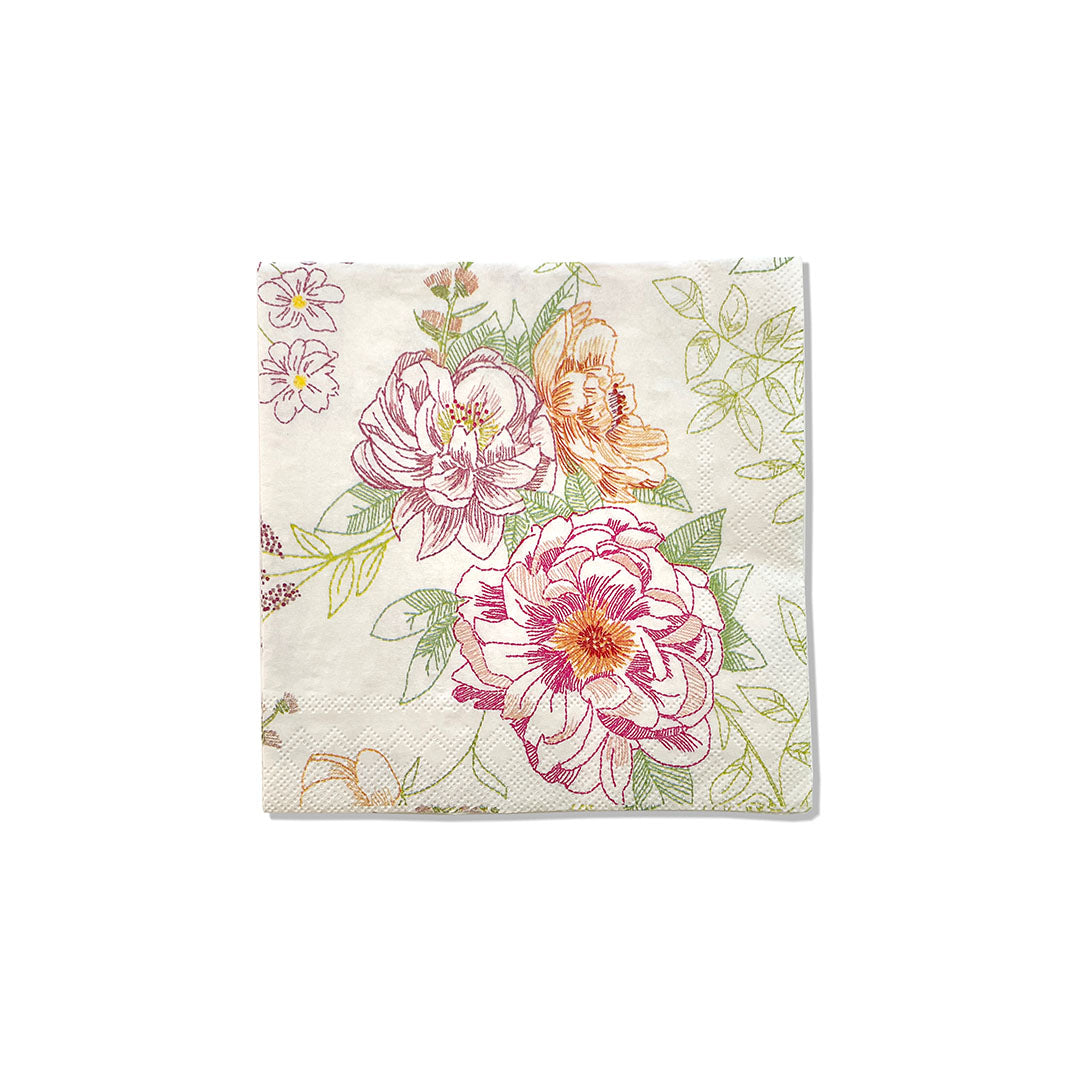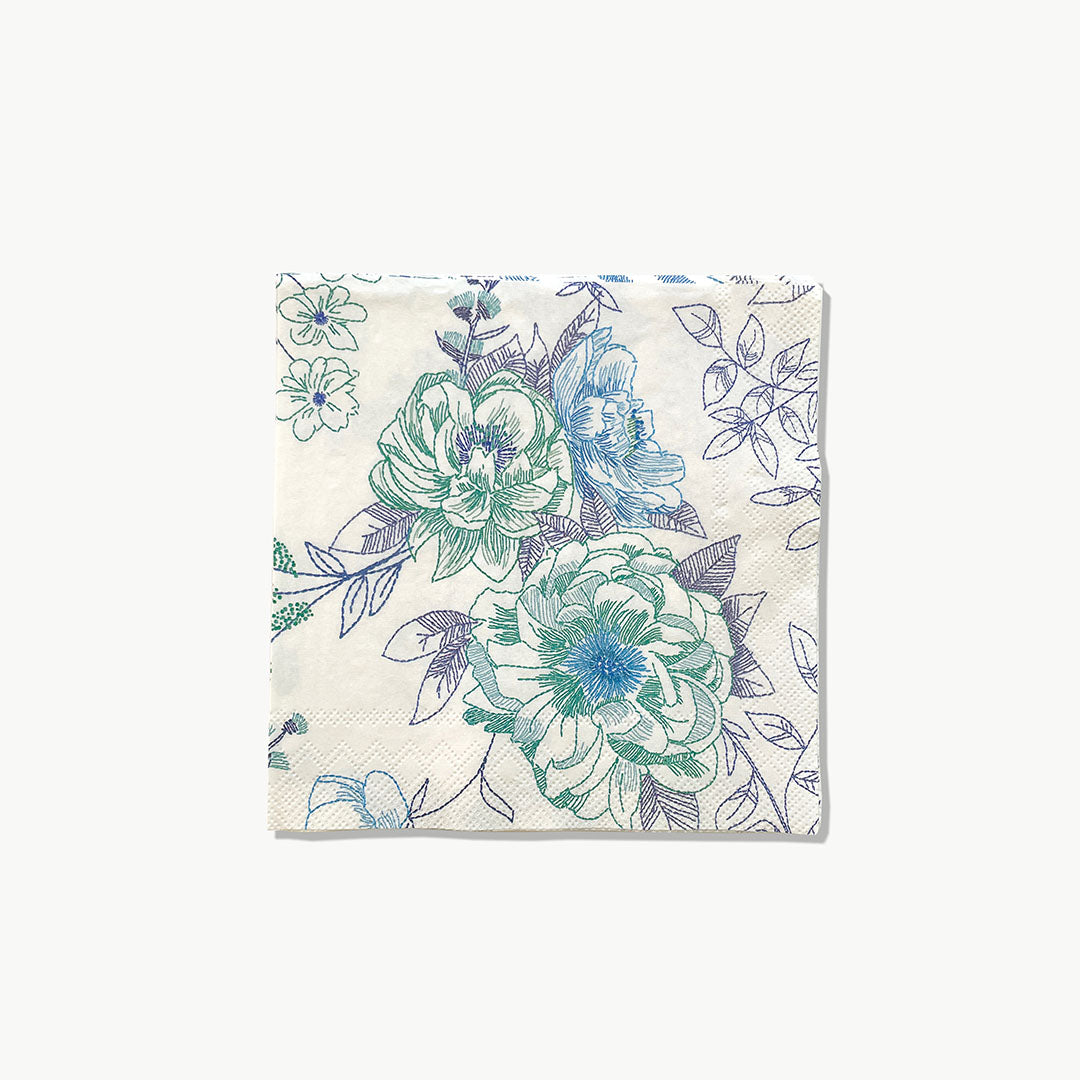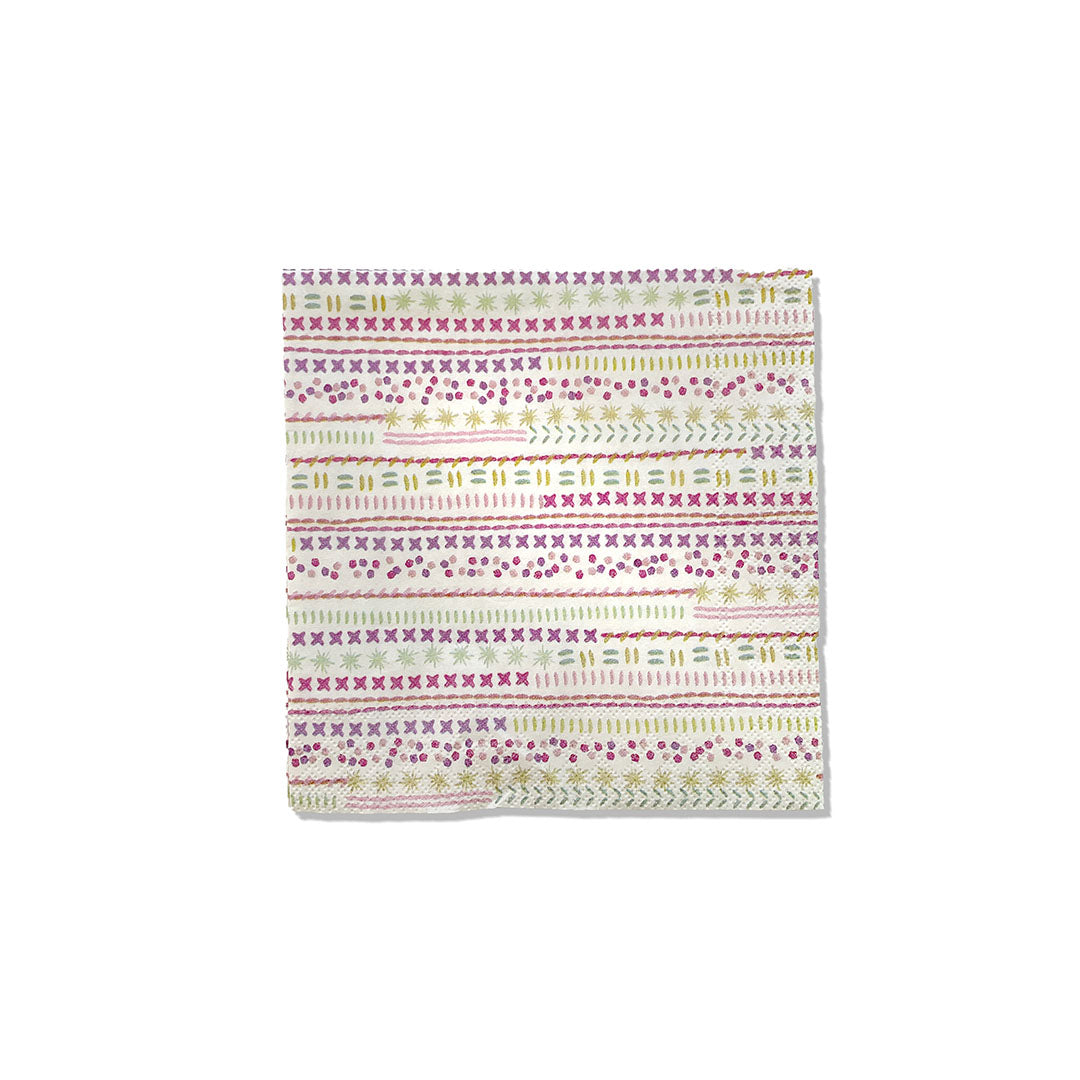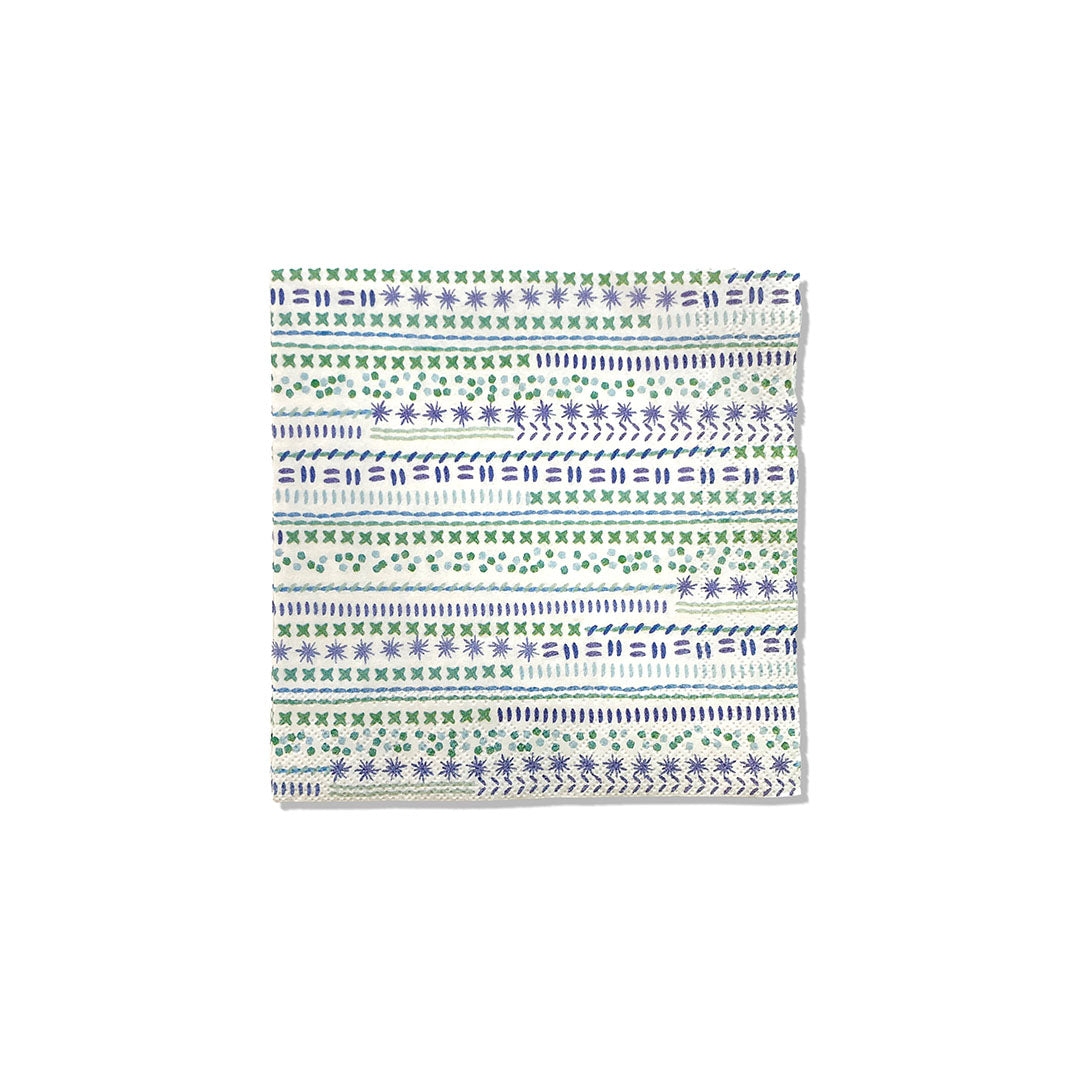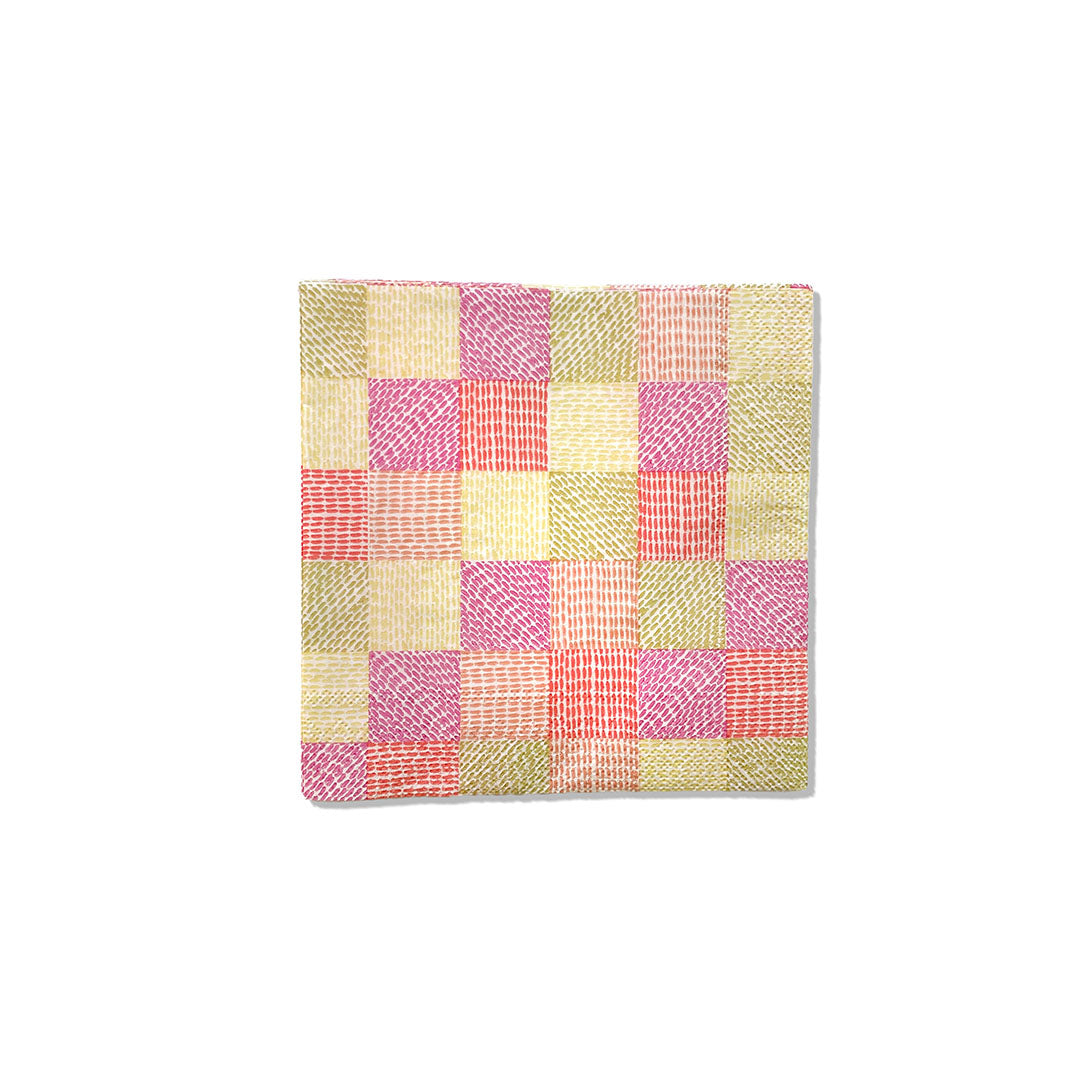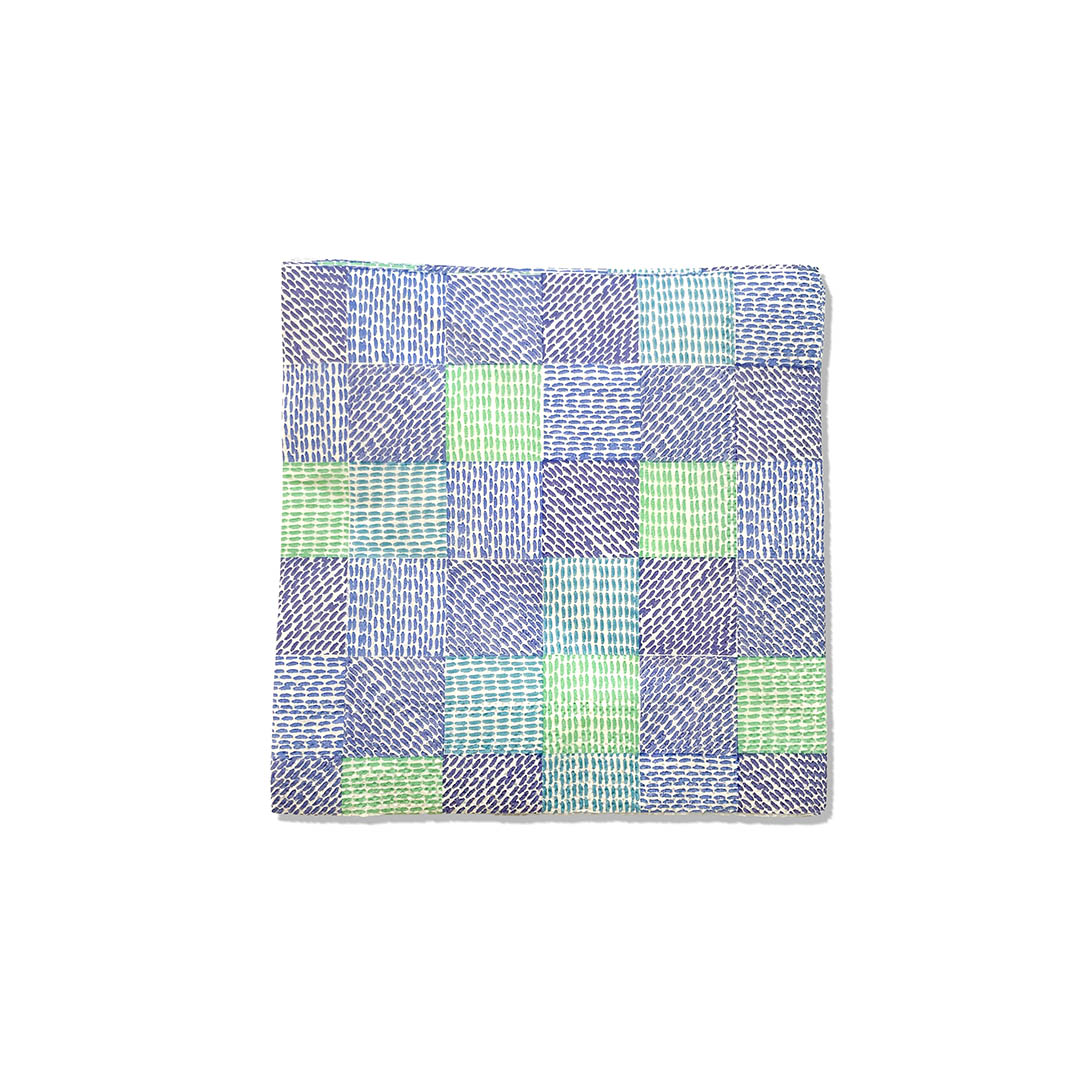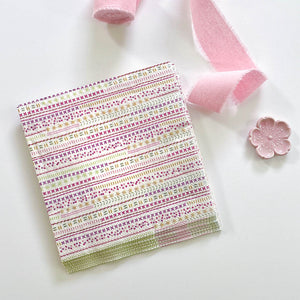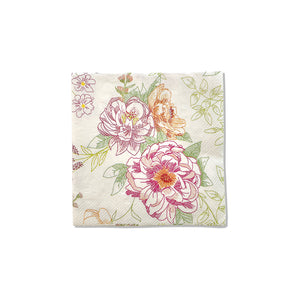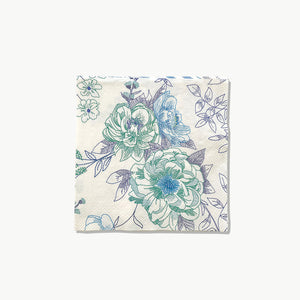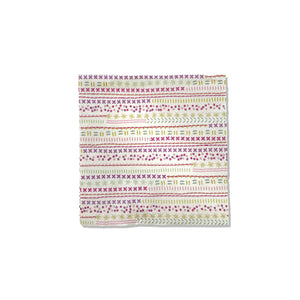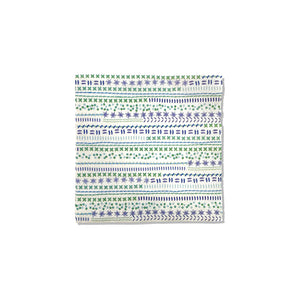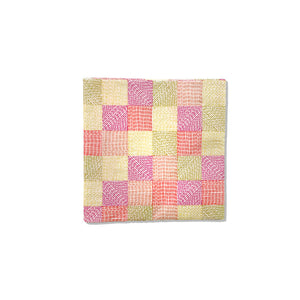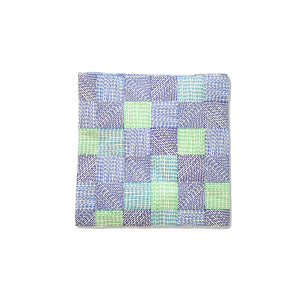A PRIMER ON ART LICENSING FOR BUSINESSES
Art licensing can be an intimidating concept for many business owners. However, if you have a manufactured product line, you may find great benefit in licensing artwork for your products. Here are the top questions most business owners have when working with an artist or agent to license art.

1. Will artwork really make a big difference?
As an artist & designer for most of my career, I've seen the impact of design on sales for many product lines. Some things, like area rugs, puzzles, and greeting cards, require a design, so the idea of using art is fairly straightforward in these markets. However, there is a lot of missed opportunity and missed sales with products that could be made better with art. People respond to artwork viscerally, and when they see a design or pattern that appeals to them, they want to buy it. Nearly every consumer product can differentiate itself with artwork and design.
Nearly every consumer product can differentiate itself with artwork and design.
If you don't see a printed design working on your product, have you considered an etched, embossed, or embellished design? Depending upon the manufacturing process and the design, many things can be adapted with excellent results. My industrial design background gives me a leg up when it comes to creative solutions. If you're curious, let's work together to come up with some ideas for your product line.
2. What if I don't know anything about artwork or production?
Well, we assume that you know how your product is manufactured, in general, and have a good relationship with the company (or companies) that make your products. If you don't, someone in your organization will. Artists and designers with enough experience can communicate with your manufacturer to find out what is possible and what type of files are required to get the expected results.
When trying something new, we always recommend investing in samples or very short runs to test the results.
3. How can we ensure the art is reproducible on our product?
Ultimately, we rely on the manufacturer to know the process and what they can accomplish with the right artwork. It's essential to work with an artist who understands production methods and can communicate with a manufacturer to ensure that the artist is meeting the correct standards. For example, a fine artist who has only painted on canvas and never created a repeat design may not be the best fit for a company that doesn't have an in-house design team to manipulate the artwork properly. Consider your resources and the artist's knowledge. In general, the artist should provide clean artwork in the proper format, and if appropriate and part of the contract, the artwork should be in repeat.
Communicating with the factory to find out file requirements is assumed to be part of the artist's job; however, it's up to the business to communicate the product design and development requirements to the factory OR pay the artist or a product designer to do this for you. A licensing contract typically addresses art usage, rights, and payment. If it's not explicitly written in your contract, assume that the artist will need to charge for their time and expertise beyond providing the artwork.
4. What is the difference between buying artwork and licensing it?
When you buy art and patterns outright, the artist generally transfers all copyrights to you with the purchase. This means you are free to alter it and use it in perpetuity. This is commonplace in the fast-fashion industry, but it shouldn't be. So much amazing artwork is seen in stores for a few short months and is never seen again, and artists always need to charge a premium because it's a one-and-done deal.
Art that is licensed, either with a flat-fee or royalty agreement, can be reused and repurposed by the artist and licensed again. This is more cost-effective for the licensee and more beneficial to the artist in the long run. Don't let good art die in a file somewhere! Working with a reputable artist means that they will honor the terms you have agreed to in your license, such as exclusivity and availability of the artwork in other markets.

5. Will I have to pay the artist forever?
The short answer is no! You only have to pay the artist for the terms of your agreement. Often this is a few years. Most artists will give you the right of first refusal when the end of your licensing term is approaching. The benefit of licensing for manufacturers is that you don't pay for artwork when you aren't using it anymore. An outright copyright sale carries a cost premium, and there is always a chance that the artwork will never make it to the intended product.
Depending on your company's setup, both flat-fee and royalty licenses are available. Most artists want to make it easy for clients to use their artwork and create an agreement that is fair for everyone.
6. If this is the first time I've done this, how do I know if the rate the artist charges is fair?
There are many industry standards, including the Graphic Artist's Guild Handbook. It only covers some industries, and it's been a long while since it was updated. We like to think about the volume of products produced and the retail/wholesale price point to come up with a good idea of what is fair. You should ask the artist if they have an hourly rate or general fee for custom requests that might fall outside the scope of the contract (color changes, different repeat size etc.).
7. Will the artist have a contract, or will I have to come up with one?
Jenny Bova Design has a contract we provide if our clients are unfamiliar with licensing. Most qualified artists will have the resources to provide a starting point for discussion and negotiation. We recommend having an attorney involved to ensure that your agreement is fair and covers both parties' needs. That being said, many larger companies prefer to use their own contract, which is fine too.
8. What if the artist I work with doesn't follow through?
As with most business transactions, it's possible to set up your agreement to pay a portion upfront and the remainder after the artwork has been received and checked. Like any good working relationship, timely delivery of goods and payments makes for better relationships. The artist will be proud to see their work on your products and will make every effort to send high-quality artwork on time. Make your expectations clear in the contract and upfront.
The artist will be proud to see their work on your products and will make every effort to send high-quality artwork on time.
9. What should I look for in an artist?
This is the most crucial of all of the questions! The most important factor is that the artist's style aligns with your brand. Does it make sense for you to put this art on your products? Does it feel like a good fit? Does it make your products feel more "on brand" than before? If so, you should approach the artist or designer and start the discussion today. To work with Jenny, please click the button below, and let's make something amazing!


